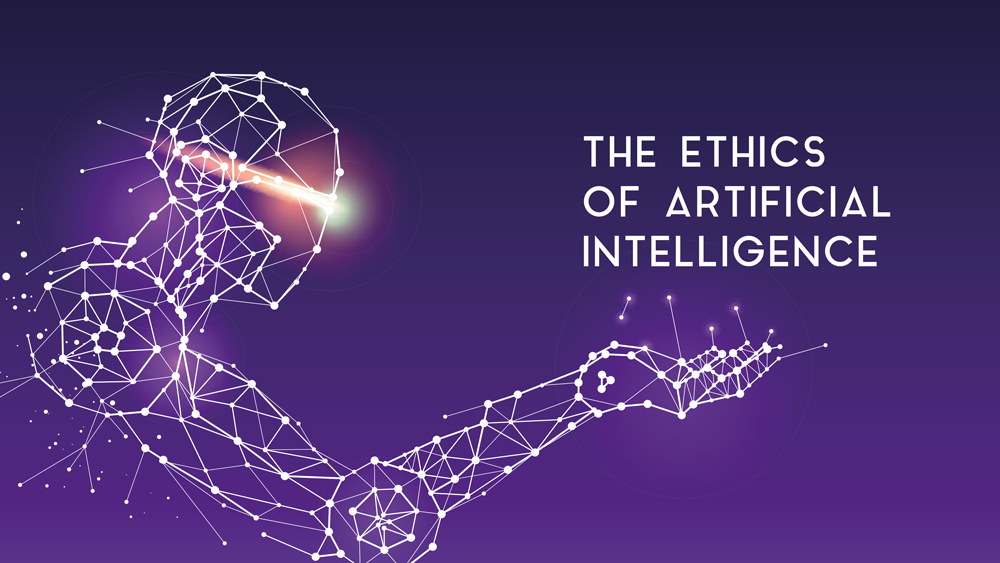
One of the popular technological topic dilemmas that I found is the ethical dilemma of artificial intelligence (AI). AI is a technology that can perform tasks that normally require human intelligence, such as reasoning, learning, decision making, and problem solving. AI has many applications and benefits for various fields and sectors, such as health, education, business, and entertainment. However, AI also poses many challenges and risks for society, such as privacy, security, accountability, transparency, and fairness.
How can we guarantee that AI upholds human dignity, rights, and values? One effective approach involves the adoption and implementation of ethical principles and guidelines for AI, as proposed by esteemed entities such as the European Commission, OECD, or the IEEE. These guidelines are crafted to ensure that AI remains human-centric, values-based, and trustworthy, prioritizing the preservation of dignity, rights, and values for both humans and other living beings.
To prevent the misuse of AI for harmful purposes like warfare, cyberattacks, or manipulation, a crucial step is the establishment and enforcement of legal and moral norms and rules for AI. Recommendations from authoritative bodies like the UN, ICRC, or the Partnership on AI can guide efforts to prevent or restrict the deployment of AI in ways that threaten peace, security, or human dignity. Holding accountable those who misuse or abuse AI for such purposes is a key component of this strategy.
Regulating and overseeing the development and use of AI can be accomplished through the creation and support of multi-stakeholder and multi-level governance mechanisms and institutions, as suggested by UNESCO, the Council of Europe, or the Global Partnership on AI. These mechanisms aim to facilitate dialogue, cooperation, and coordination among diverse actors and sectors involved in AI, including governments, civil society, academia, industry, and international organizations. The goal is to ensure responsible and ethical development and usage of AI.
Ensuring inclusivity and diversity in AI, and preventing discrimination or exclusion of certain groups, can be achieved by promoting and protecting diversity and inclusion in AI development. Initiatives advocated by UNDP, the AI Now Institute, or the Algorithmic Justice League focus on designing and deploying AI with the active participation and representation of diverse and marginalized groups, ensuring that AI does not perpetuate existing biases, inequalities, or injustices.
To guarantee that AI is explainable and understandable, fostering trust and control among humans, the development and application of explainable and transparent AI techniques and methods are essential. Approaches recommended by DARPA, FAT/ML, or XAI aim to empower humans to comprehend the logic, reasoning, and outcomes of AI systems. This transparency allows for human oversight and feedback, ensuring alignment with human goals and values.
To prevent the displacement or harm of human jobs, skills, or relationships by AI, enhancing and supporting human capabilities and capacities in AI is crucial. Initiatives proposed by the World Bank, ILO, or WEF strive to ensure that AI serves to augment and complement human skills and abilities, creating new opportunities and benefits for human workers and learners. These efforts emphasize fostering collaboration and connection among humans in the context of AI.
My view on the ethical dilemma of AI is that AI is a powerful and promising technology that can improve the quality and efficiency of human life, but it also requires careful and responsible use and governance. I think that AI should be aligned with human values and interests, and that it should respect the principles of human dignity, autonomy, justice, and solidarity. I also think that AI should be developed and used in a participatory and collaborative manner, involving various stakeholders, such as researchers, developers, users, regulators, and civil society. I think that AI should be subject to ethical standards and legal frameworks that ensure its safety, reliability, and accountability. I also think that AI should be transparent and explainable, and that humans should have the right to know, understand, and challenge the decisions and actions of AI. I think that AI should be beneficial and empowering for humans, and that it should not undermine or threaten human dignity, rights, or well-being. I also think that AI should be compatible and complementary with human skills and abilities, and that it should not replace or harm human jobs, creativity, or social interactions.
Source:
(1) Artificial Intelligence: examples of ethical dilemmas | UNESCO. https://www.unesco.org/en/artificial-intelligence/recommendation-ethics/cases.
(2) Ethical dilemmas in technology | Deloitte Insights. https://www2.deloitte.com/us/en/insights/industry/technology/ethical-dilemmas-in-technology.html.
(3) History of technology – Technological Dilemma, Innovation, Impact. https://www.britannica.com/technology/history-of-technology/The-technological-dilemma.
(4) Top 10 Scientific Technology Challenges in 2021 – Laboratory Equipment. https://www.laboratoryequipment.com/571215-Top-10-Scientific-Technology-Challenges-in-2021/.
